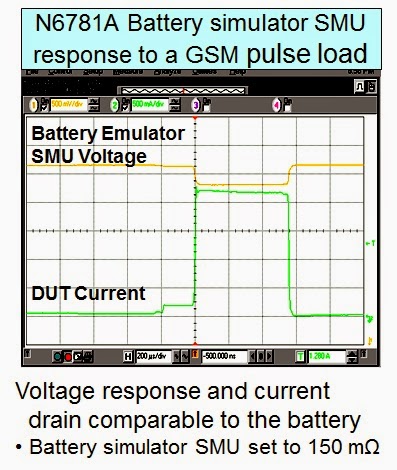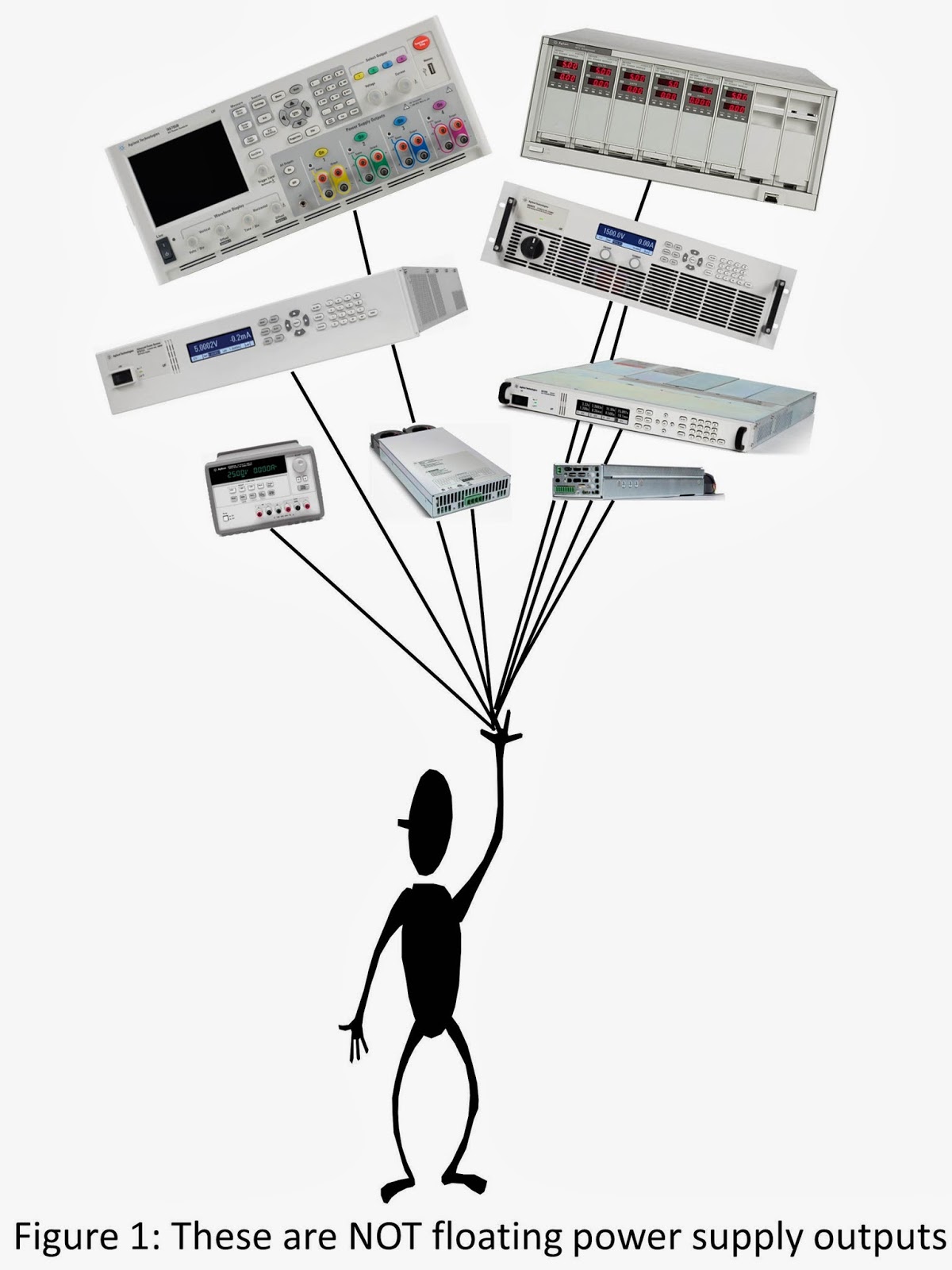This week’s blog posting is going in a bit of a different
direction, as I likewise did last month, to attend and participate in the 2014 European
Space Power Conference (ESPC) for 2014. While this was the tenth ESPC, which I
understand takes place every couple of years; this was the first time I had
opportunity to attend. One thing for certain; this was all about DC power,
which is directly aligned with the things I am always involved in. In this particular
instance it was all about DC power for satellites and space-bound crafts and
probes.
I initially found it just a bit curious that a number of
the keynote speeches also focused a fair amount on terrestrial solar power as
well, but I supposed I should not be at all surprised. There has been a large
amount of innovation and a variety of things that benefit our daily lives that
came out of our own space program, fueled by our involvement in the “space
race” and still continuing on to this day. (Can you name a few by chance?).
This is a natural progression for a vast number of technological advances we
enjoy.
At ESPC there were numerous papers presented on solar
cells and arrays, batteries and energy storage, nuclear power sources, power
conversion and DC/DC converters, super-capacitors, and a variety of other
topics related to power. Just a couple of my learnings and observations
include:
·
There was a very high level of collaboration of
sharing findings and answering questions among peers attending the event
·
While batteries generally have very limited
lives, from findings presented, it was interesting to see how well they have
performed over extended periods in space, lasting last well in excess of their
planned life expectancies. It is a reflection of a combination of several
things including careful control and workmanship, understanding life-shortening
and failure mechanisms, how to take properly treat them over time, what should
be expected, as well as other factors contributing to their longevity. I expect
this kind of work will ultimately find its way to being applied to using
lithium ion batteries in automotive as well.
·
A lot of innovation likewise continues with
solar cell development with higher conversion efficiencies coming from
multi-junction devices. Maybe we’ll see this become commonplace for terrestrial
applications before long!
·
A number of research papers were presented from
participants from universities as well. In all, the quality of work was
excellent.
I was there with another colleague, Carlo Canziani. Together
we represented some of our DC power solutions there, including our N7905A DC
Power Analyzer, N7900 series Advanced Power System (APS), and E4360A series Solar
Array Simulator (SAS) mainframe and modules. These are the kinds of advanced
power stimulus and measurement test instruments vital for conducting testing on
satellite and spacecraft power components and systems.












